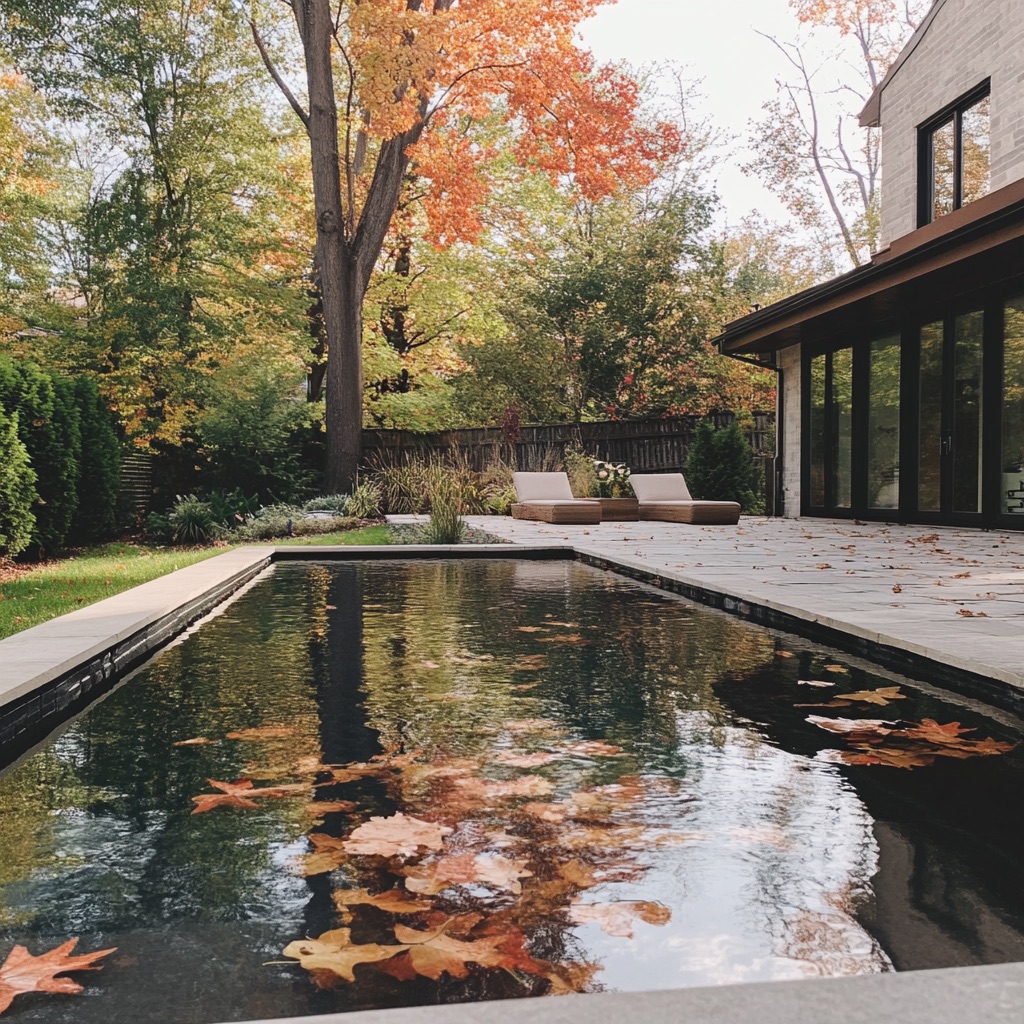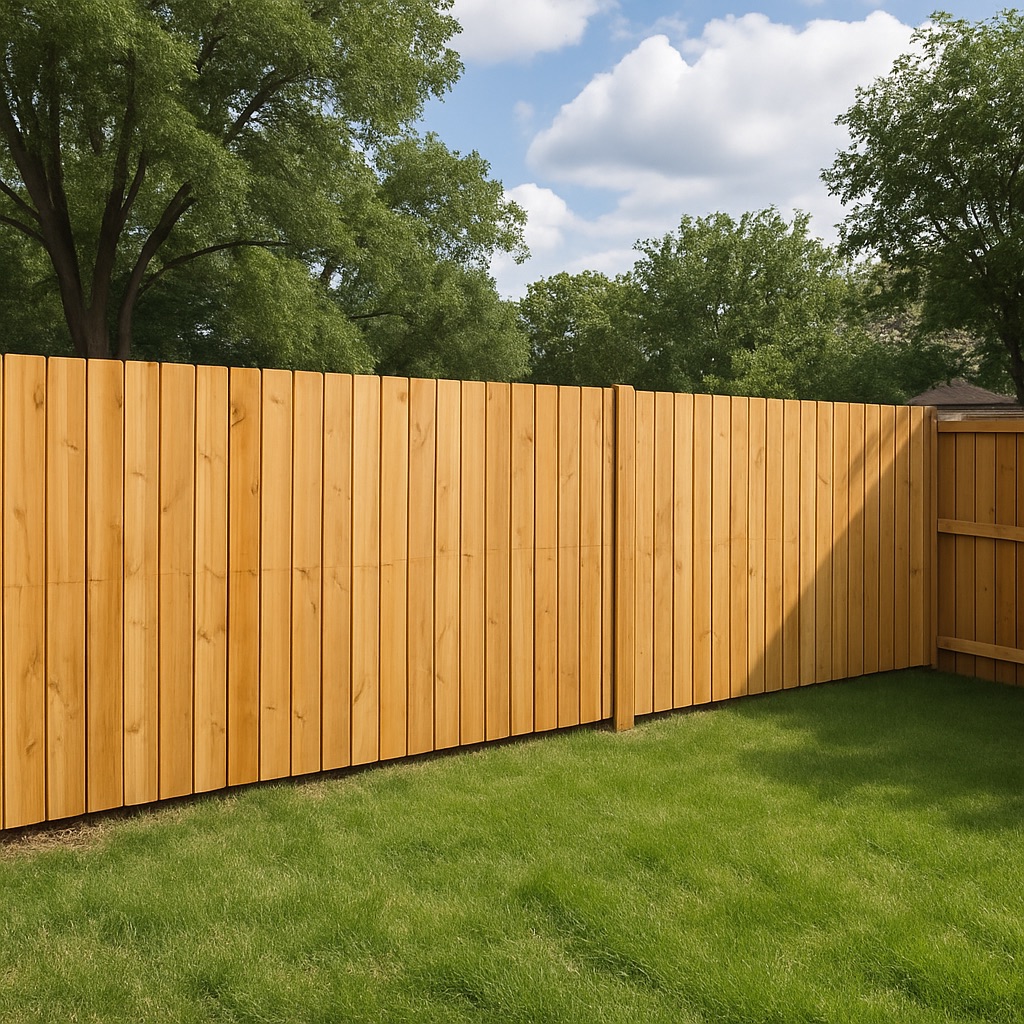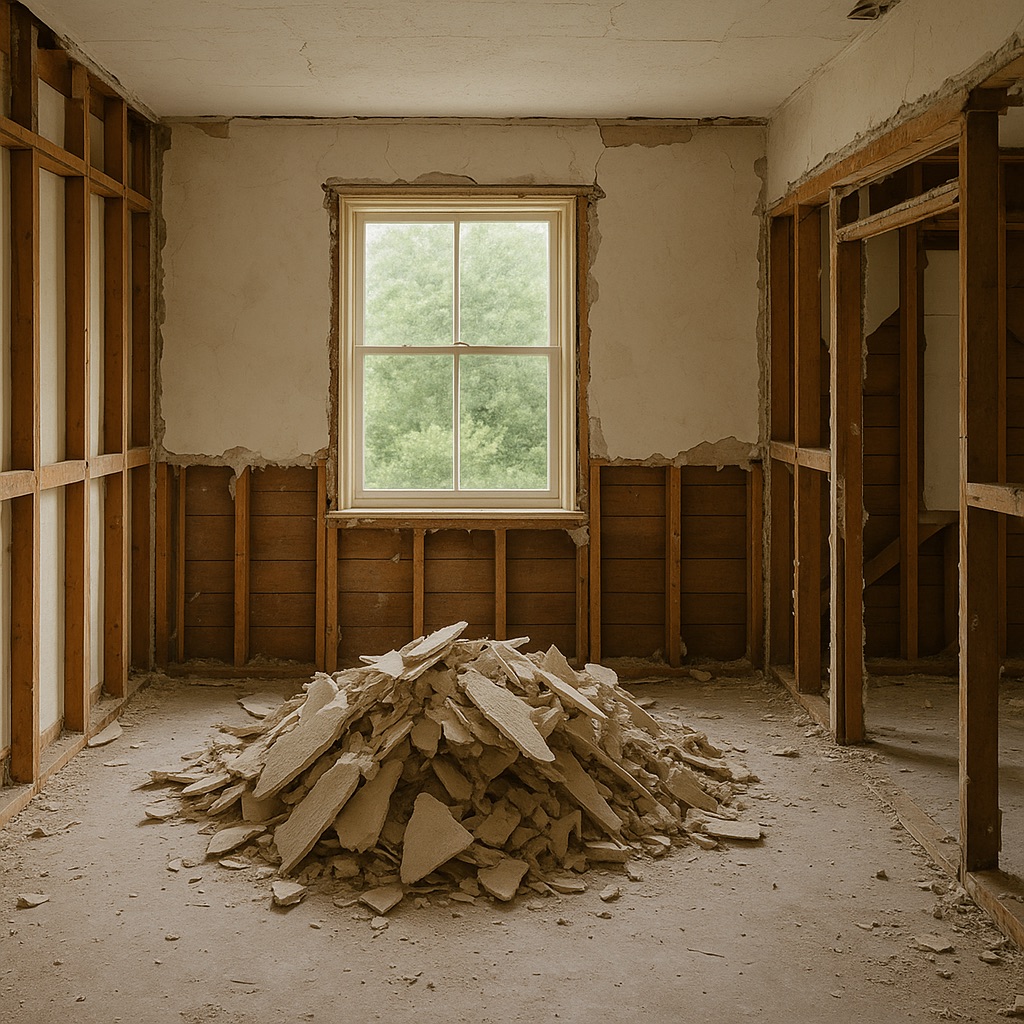Last updated on
A swimming pool is more than just a place to cool off—it’s an investment in your home and lifestyle. But like anything exposed to water, chemicals, and the elements, your pool’s surface won’t last forever. Over time, wear and tear can creep in, affecting not only how your pool looks but also how safe and comfortable it is. If you’ve noticed some changes, your pool might be telling you it’s time for resurfacing. Here are the biggest signs to watch out for.
Table of Contents
Rough, Pitted, or Uneven Surfaces

Run your hand along the walls or floor of your pool—does it feel smooth, or are there rough patches? A pool surface should be comfortable to the touch. If you or your guests are getting scrapes or snagged swimsuits, that’s a red flag. Over time, plaster, pebble, and other pool finishes degrade, leaving behind sharp, pitted areas that can be uncomfortable or even dangerous. Swimming pool resurfacing smooths everything out, making your pool safer and more inviting.
Discoloured or Stained Areas
Stubborn stains that won’t budge, even after a deep clean, can be a sign of more than just dirt. Minerals, algae, and chemical imbalances can leave behind stains that penetrate the pool’s surface. Rust-like marks from old metal components or brownish discolouration from leaves and organic debris can make your pool look unkempt. While some stains can be treated, others signal that the material itself is breaking down and needs resurfacing.
Chalky or Fading Finish
Have you noticed a white, powdery residue forming when you brush your pool? That’s calcium leaching out of the plaster, and it means the surface is wearing away. Plaster pools naturally fade over time, but excessive chalking is a clear indication that the finish is nearing the end of its lifespan. If you have a coloured pool finish, you may also see uneven fading, giving the water a dull or patchy appearance. A fresh resurfacing job will restore its colour and vibrancy.
Persistent Leaks and Water Loss
All pools lose some water due to evaporation, but if you’re constantly refilling yours, there could be a bigger issue. Cracks or surface damage can lead to leaks, which not only waste water but also affect your pool’s structure. If left unchecked, leaks can cause serious issues with the pool shell, surrounding deck, and even underground plumbing. A resurfacing project can help seal these small problems before they turn into costly repairs.
Cracks and Structural Damage
Visible cracks in your pool’s surface are never a good sign. Small hairline cracks might seem harmless at first, but they can deepen over time, leading to leaks or even structural instability. Cracks can form due to shifting soil, temperature changes, or just the natural aging of the materials. If you’re seeing multiple cracks or ones that are getting larger, resurfacing isn’t just a cosmetic fix—it’s a necessary step to prevent bigger problems down the road.
Algae Growth That Won’t Go Away
A well-maintained pool shouldn’t have constant algae problems. If you’re battling algae even after cleaning and balancing chemicals, your pool’s surface might be to blame. Rough or porous surfaces create the perfect hiding spots for algae, making it harder to eliminate. Even if you shock the water or scrub vigorously, algae can cling to deteriorating finishes. Resurfacing gives your pool a fresh, smooth surface that helps prevent algae from taking hold.
An Outdated Look
Maybe your pool isn’t damaged, but it just doesn’t look as good as it used to. Styles change, and older pools can start to feel dated, especially if the surface colour has faded or the material is past its prime. Resurfacing is a great way to refresh your backyard and make your pool look brand new again. Whether you prefer a modern pebble finish, a classic white plaster look, or a sleek tiled design, resurfacing gives you a chance to upgrade your pool’s aesthetics.
How Often Should a Pool Be Resurfaced?
The lifespan of a pool surface depends on the material:
- Plaster – Lasts about 5–10 years before needing resurfacing.
- Pebble finishes – Can last 15–20 years with proper care.
- Quartz finishes – Typically last around 10–15 years.
- Tile – Can last decades, but the grout and underlying surface may still require attention.
If your pool is approaching or past these timeframes, it’s worth considering resurfacing, even if the signs of wear aren’t too severe yet.
Benefits of Resurfacing Your Pool
A resurfaced pool isn’t just about looks—it improves safety, durability, and overall enjoyment. Some of the biggest benefits include:
- A smoother, more comfortable swim – No more rough patches or sharp spots.
- Improved water quality – A fresh surface helps maintain chemical balance and reduces algae growth.
- Leak prevention – Resurfacing can seal small cracks before they cause bigger problems.
- A fresh, updated appearance – Bring back the vibrant, inviting look of your pool.
- Increased property value – A well-maintained pool adds to the appeal of your home.
Don’t Wait Until It Gets Worse
If you’ve noticed any of these signs, resurfacing is a smart move before minor wear turns into major repairs. A professional resurfacing job restores both function and beauty to your pool, making it a space you can enjoy without worry. Whether your pool is looking a little tired, feeling rough to the touch, or showing cracks and stains, a fresh surface can bring it back to life. If your pool is trying to tell you it’s time for an upgrade, now’s the perfect time to listen.




